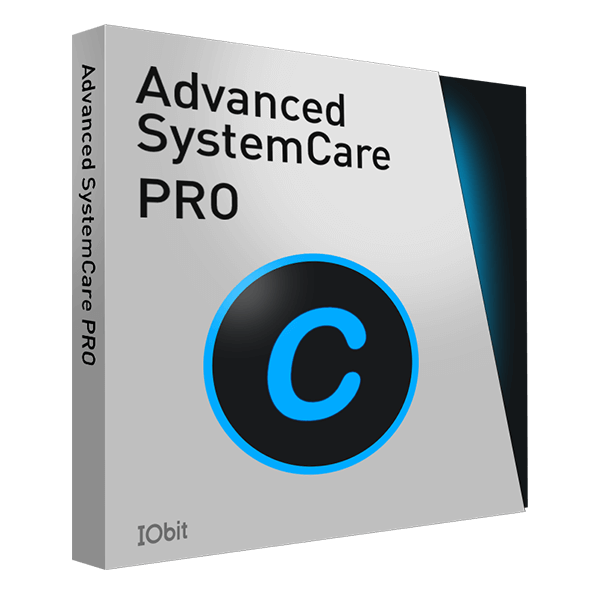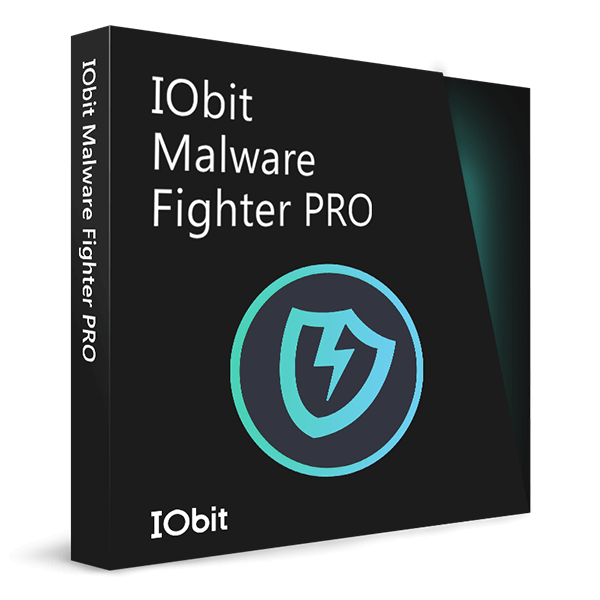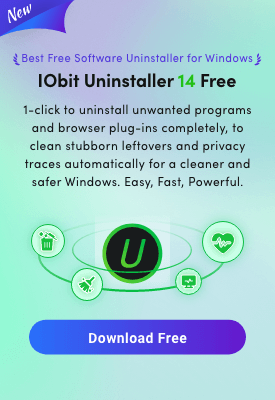- Support Center
- Multiple Languages
- Language
- Help Us Translate
Expert in
PC Health Solution
All-in-one PC health solution: clean, optimize and secure

Comprehensive PC cleaning, optimization and protection
Keep drivers always up-to-date

More stable performance with less system crashes
Protect millions of computers against malware

Top computer security with full-round protection
Protect against viruses & boost PC performance
Easily removing unwanted programs & leftovers
Automatically keep your software up-to-date
Quickly check system information and PC specs
Never worry about data theft or privacy leaks
Maximize hard drive optimization for faster PC
Enjoy a Faster and More Secure Mac
Seize the chance to get 90% OFF + 3 Surprise Gifts now!

Get ready! Black Friday Free Gifts (Worth $109.93) available first come, first served. Boost your PC now.
Grab It Now Maybe Later

Blue Screen of Death (BSOD) is a common but troublesome error for Windows users. It can cause system crash in different ways. Common BSOD errors we have introduced include nvlddmkm.sys blue screen error, igdkmd64.sys blue screen error and SYSTEM SERVICE EXCEPTION Blue screen error etc. Generally, the BSOD problem appears along with an error code, which helps to determine what kind of problem the system is having with the hardware. In Windows 10, a frequently-appeared error named Kmode Exception Not Handled has affected many users. Also, there were such errors in Windows 8. Here, we introduce some effective ways to fix “Kmode Exception Not Handled” error in Windows 10.
What is Kmode Exception Not Handled?
Kmode Exception Not Handled is a system crash. The crash happens when a Kernel Mode Program is causing an exception, which the error handler is not able to identify. Generally, there will be an error code 0x0000001E and sometimes the system falls into loop reboot.
How to Fix Kmode Exception Not Handled Error?
To fix Kmode Exception Not Handled error effectively, you can try the following ways:
Turn off fast startup
Run Windows Memory Diagnostics
Update device drivers
Method one: Turn off fast startup
Windows fast startup is a feature that users can set for their own startup preference. It’s available for Windows 8 and Windows 10 systems, which works similarly to the hybrid sleep mode of the previous Windows versions. By saving the operating system state to a hibernation file, fast startup can make your computer boot up even quicker.
However, fast startup can also cause system crash when there is trouble reloading the kernel, drivers, and system state normally. Sometimes BSOD error occurs, like the Kmode Exception Not Handled error. Then you may need to turn off fast startup for normal boot.
1. Win + R and input “Control panel”, then hit Enter;

2. Search for Power Options;

3. Click Choose what the power buttons do;

4. Then Change settings that are currently unavailable;

5. Untick the choice Turn on fast startup, then Click Save changes and exit;

After the settings, you can restart your computer and check if the Kmode Exception Not Handled error has been repaired.
Method two: Run Windows Memory Diagnostics
Windows Memory Diagnostic is a system memory test. It can help check the computer’s RAM for problems. During the test process, there will be a status bar showing you if any problems have been detected. Also, Windows Memory Diagnostics can help check the kmode exception not handled error.
1. Open Windows memory diagnostics through searching from the search box of Windows 10;
2. Click restart now and check for problems (recommend).

Repair the problems that have been detected and restart Windows.
Method three: Update device drivers
If the kmode exception not handled error is caused by the outdated device driver, you can choose to update the driver manually in Device Manager or automatically update it with a driver updater.
Update driver in Device Manager
1. Win + X and choose Device Manager;

2. Locate at “other devices” and right click to update the driver;

3. Search automatically for updated driver software and wait for the result.

Please pay attention if the driver is compatible with your system.
Update the driver with a driver updater
It’s miserable for most users to update the device driver by their own, so a driver updater is necessary to help update the outdated drivers automatically. Driver Booster is such a driver tool which supports to update 3,000,000+ device drivers and fix common driver issues efficiently.
With Driver Booster, you can just update the device driver in two steps.
1. Run Driver Booster and wait for the scanning result;

2. Update all outdated drivers in one click.
After updating the drivers, you can restart the computer and check if the problems are gone.
Now, you can handle it. For those who are planning to upgrade to Windows 11, you need to make sure that your PC is compatible. Quick check your PC health and compatibility with this free tool Can I Run Windows 11, and get the easy solutions to run Win 11 well.
You May Also Like:

No, next time.
Subscribe to keep you updated on products updates and special offers via email. And you can opt-out at any time.
© 2005 - IObit. All Rights Reserved |Refund Policy |EULA |Legal Notice |Privacy Policy
Vidqu Vidwud iMofone EaseHow iSmartta MioCreate Vidmud Contact Us Support Products Home
IObit uses cookies to improve content and ensure you get the best experience on our website.
Continue to browse our website agreeing to our privacy policy.
